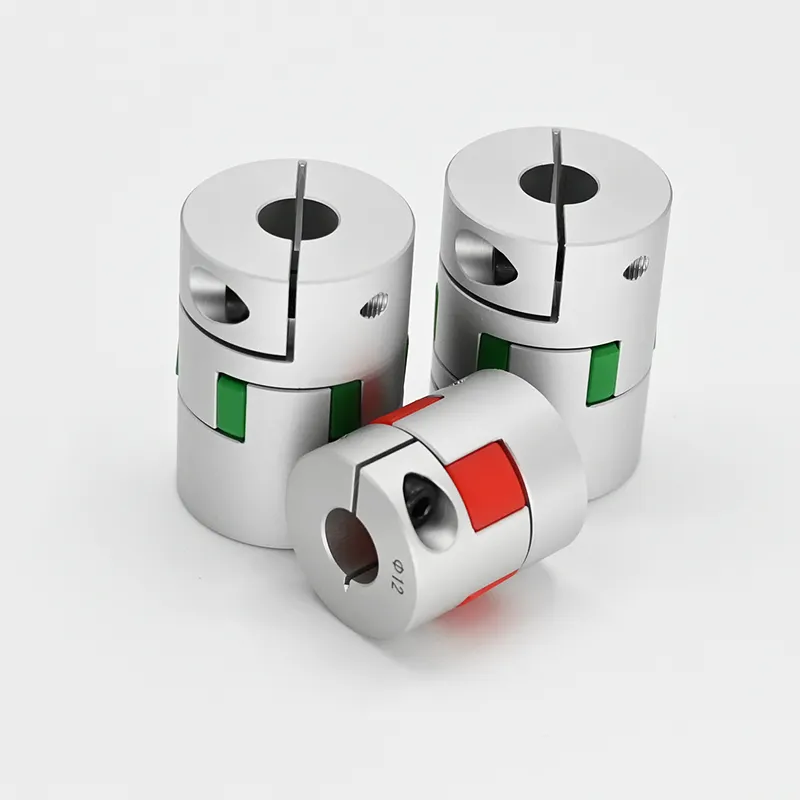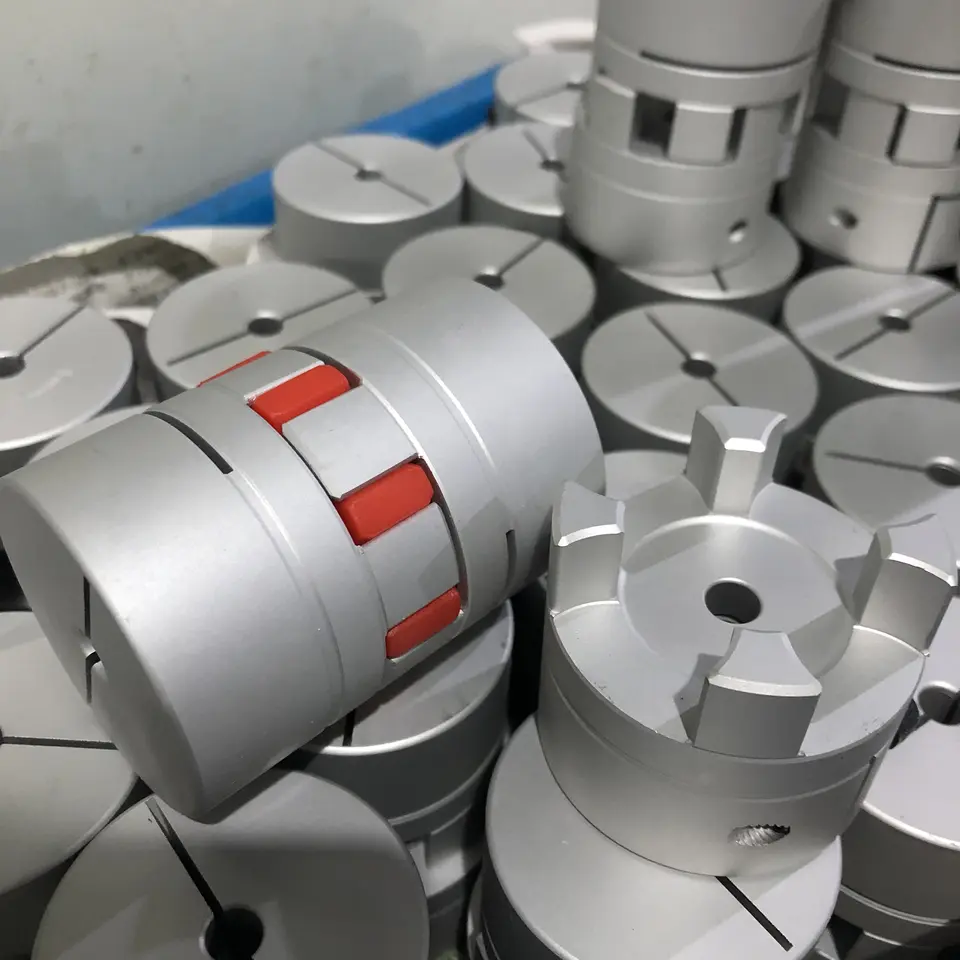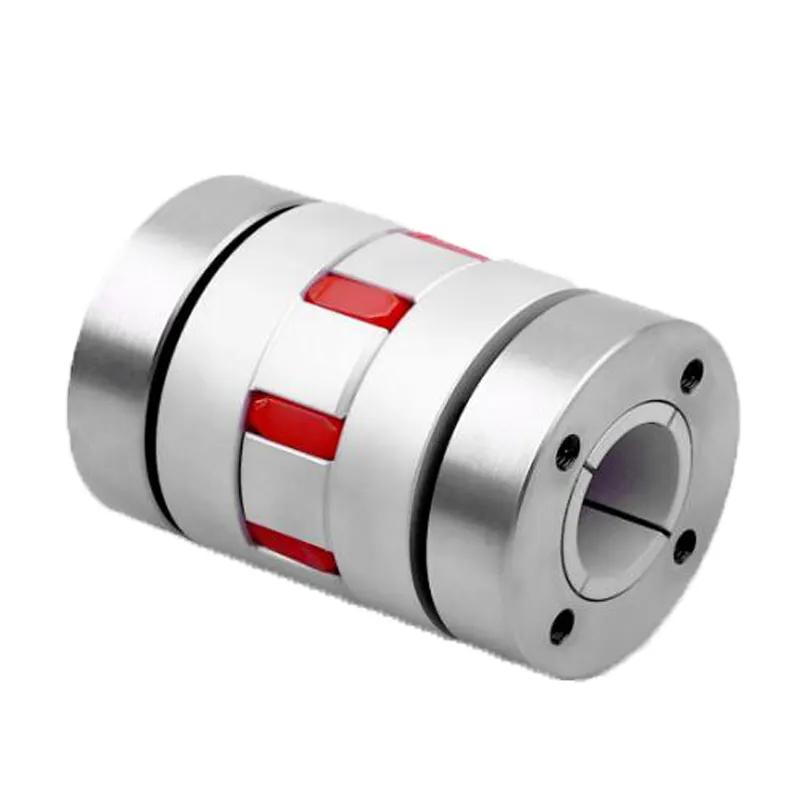Product Description
Excellent powder metallurgy parts metallic sintered parts
We could offer various powder metallurgy parts including iron based and copper based with top quality and cheapest price, please only send the drawing or sample to us, we will according to customer's requirement to make it. if you are interested in our product, please do not hesitate to contact us, we would like to offer the top quality and best service for you. thank you!
How do We Work with Our Clients
1. For a design expert or a big company with your own engineering team: we prefer to receive a fully RFQ pack from you including drawing, 3D model, quantity, pictures;
2. For a start-up company owner or green hand for engineering: just send an idea that you want to try, you don't even need to know what casting is;
3. Our sales will reply you within 24 hours to confirm further details and give the estimated quote time;
4. Our engineering team will evaluate your inquiry and provide our offer within next 1~3 working days.
5. We can arrange a technical communication meeting with you and our engineers together anytime if required.
| Place of origin: | Jangsu,China |
| Type: | Powder metallurgy sintering |
| Spare parts type: | Powder metallurgy parts |
| Machinery Test report: | Provided |
| Material: | Iron,stainless,steel,copper |
| Key selling points: | Quality assurance |
| Mould type: | Tungsten steel |
| Material standard: | MPIF 35,DIN 3571,JIS Z 2550 |
| Application: | Small home appliances,Lockset,Electric tool, automobile, |
| Brand Name: | OEM SERVICE |
| Plating: | Customized |
| After-sales Service: | Online support |
| Processing: | Powder Metallurgr,CNC Machining |
| Powder Metallurgr: | High frequency quenching, oil immersion |
| Quality Control: | 100% inspection |
The Advantage of Powder Metallurgy Process
1. Cost effective
The final products can be compacted with powder metallurgy method ,and no need or can shorten the processing of machine .It can save material greatly and reduce the production cost .
2. Complex shapes
Powder metallurgy allows to obtain complex shapes directly from the compacting tooling ,without any machining operation ,like teeth ,splines ,profiles ,frontal geometries etc.
3. High precision
Achievable tolerances in the perpendicular direction of compacting are typically IT 8-9 as sintered,improvable up to IT 5-7 after sizing .Additional machining operations can improve the precision .
4. Self-lubrication
The interconnected porosity of the material can be filled with oils ,obtaining then a self-lubricating bearing :the oil provides constant lubrication between bearing and shaft ,and the system does not need any additional external lubricant .
5. Green technology
The manufacturing process of sintered components is certified as ecological ,because the material waste is very low ,the product is recyclable ,and the energy efficiency is good because the material is not molten.
FAQ
Q1: What is the type of payment?
A: Usually you should prepay 50% of the total amount. The balance should be pay off before shipment.
Q2: How to guarantee the high quality?
A: 100% inspection. We have Carl Zeiss high-precision testing equipment and testing department to make sure every product of size,appearance and pressure test are good.
Q3: How long will you give me the reply?
A: we will contact you in 12 hours as soon as we can.
Q4. How about your delivery time?
A: Generally, it will take 25 to 35 days after receiving your advance payment. The specific delivery time depends on the items and the quantity of your order. and if the item was non standard, we have to consider extra 10-15days for tooling/mould made.
Q5. Can you produce according to the samples or drawings?
A: Yes, we can produce by your samples or technical drawings. We can build the molds and fixtures.
Q6: How about tooling Charge?
A: Tooling charge only charge once when first order, all future orders would not charge again even tooling repair or under maintance.
Q7: What is your sample policy?
A: We can supply the sample if we have ready parts in stock, but the customers have to pay the sample cost and the courier cost.
Q8: How do you make our business long-term and good relationship?
A: 1. We keep good quality and competitive price to ensure our customers benefit ;
2. We respect every customer as our friend and we sincerely do business and make friends with them, no matter where they come from.
/* March 10, 2571 17:59:20 */!function(){function s(e,r){var a,o={};try{e&&e.split(",").forEach(function(e,t){e&&(a=e.match(/(.*?):(.*)$/))&&1

Reducing Downtime and Maintenance Costs with Jaw Couplings
Jaw couplings play a crucial role in reducing downtime and maintenance costs in mechanical systems. Here's how they contribute to improved efficiency and cost-effectiveness:
- Shock Absorption: Jaw couplings feature an elastomeric spider between the hubs, which acts as a shock absorber. It helps dampen vibrations and shock loads, protecting connected equipment from sudden impacts. By minimizing the impact of shocks and vibrations, jaw couplings extend the lifespan of components and reduce the need for frequent repairs or replacements.
- Misalignment Compensation: In real-world applications, shaft misalignment is almost unavoidable due to factors such as temperature variations, foundation settling, or minor assembly errors. Jaw couplings can accommodate angular and parallel misalignment, reducing stress on connected equipment and minimizing wear on shafts and bearings.
- Fail-Safe Design: Jaw couplings are designed with a fail-safe feature. If the elastomeric spider fails due to wear or damage, the jaws of the coupling interlock, allowing the system to continue transmitting torque. This design prevents complete coupling failure and allows the machinery to keep running until scheduled maintenance can be performed.
- Easy Installation and Replacement: Jaw couplings are relatively easy to install and replace, which helps reduce downtime during maintenance or equipment upgrades. With simple set-screw or clamp-type hubs, the couplings can be quickly installed or removed without disassembling the entire system.
- Cost-Effectiveness: Compared to some other types of couplings, jaw couplings are generally more cost-effective. They offer reliable performance and misalignment compensation at a relatively lower cost. Additionally, the extended equipment lifespan and reduced maintenance needs contribute to long-term cost savings.
By providing shock absorption, misalignment compensation, fail-safe operation, easy installation, and cost-effectiveness, jaw couplings enhance the overall reliability and efficiency of mechanical systems, leading to reduced downtime and maintenance costs.

How does a jaw coupling help in power transmission efficiency?
A jaw coupling plays a significant role in enhancing power transmission efficiency in mechanical systems. It achieves this by incorporating several design features that minimize energy losses and maximize the transfer of power from one shaft to another. Here are some ways in which a jaw coupling helps improve power transmission efficiency:
- Mechanical Flexibility: Jaw couplings utilize a flexible elastomer spider as the connecting element between the two shafts. This elastomer spider allows for a certain degree of angular and parallel misalignment between the shafts without imposing significant additional loads on the connected equipment. The mechanical flexibility of the elastomer helps reduce the generation of excess heat and vibration, thereby optimizing power transmission efficiency.
- Vibration Damping: The elastomer spider in a jaw coupling also acts as a vibration-damping element. It absorbs and dissipates vibrations generated during the operation of rotating machinery. By dampening vibrations, the coupling reduces energy losses due to mechanical oscillations, which can otherwise decrease the overall power transmission efficiency.
- Shock Absorption: In addition to damping vibrations, jaw couplings can handle sudden shocks and impacts that may occur during equipment operation. The elastomer spider's ability to absorb shocks prevents sudden force spikes from propagating through the system and helps maintain steady power transmission, thus improving overall efficiency.
- Reduced Friction: The design of jaw couplings minimizes sliding friction between the shafts and the coupling components. This reduced frictional resistance results in lower energy losses and less heat generation during power transmission, contributing to higher efficiency in the system.
- Torsional Wind-Up Compensation: When torque is transmitted through the shafts, there can be some degree of torsional wind-up or twist in the coupling. Jaw couplings can compensate for this torsional movement, ensuring that the transmitted power reaches the intended equipment without significant losses due to torsional deformation.
- Simple and Robust Design: Jaw couplings have a simple construction, typically consisting of two hubs and an elastomer spider. This straightforward design reduces the number of moving parts and potential points of failure, resulting in a robust and reliable coupling. A reliable coupling minimizes the risk of power losses due to mechanical inefficiencies or breakdowns, thus improving overall power transmission efficiency.
In summary, a jaw coupling enhances power transmission efficiency by providing mechanical flexibility, vibration damping, shock absorption, reduced friction, and torsional wind-up compensation. Its simple and robust design further contributes to reliable power transmission. When selecting a jaw coupling for a specific application, it is essential to consider factors such as torque requirements, operating conditions, and misalignment compensation to ensure optimal efficiency and performance in the system.

Handling Misalignment with Jaw Couplings
Jaw couplings are designed to handle certain degrees of misalignment between shafts. They are flexible couplings that can accommodate both angular and radial misalignment to some extent. The elastomeric element in the jaw coupling provides the necessary flexibility to compensate for misalignment while transmitting torque between the shafts.
Angular Misalignment: Jaw couplings can handle small amounts of angular misalignment, typically up to a few degrees. However, excessive angular misalignment should be avoided as it can lead to increased wear on the coupling and connected equipment.
Radial Misalignment: Similar to angular misalignment, jaw couplings can also tolerate small amounts of radial misalignment. The elastomeric material allows the coupling to flex and adjust to minor shaft misalignments.
It's important to note that while jaw couplings are suitable for handling some degree of misalignment, the actual allowable misalignment depends on the specific design and material of the coupling. Therefore, it is essential to refer to the manufacturer's specifications and guidelines for the particular jaw coupling being used in an application.
For applications with significant misalignment or where precise alignment is critical, other types of flexible couplings, such as beam couplings or disc couplings, may be more appropriate. Proper alignment and regular maintenance are key factors in ensuring the optimal performance and longevity of the jaw coupling and the connected machinery.


editor by CX 2024-02-20
